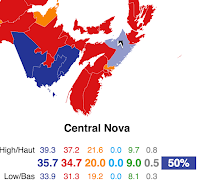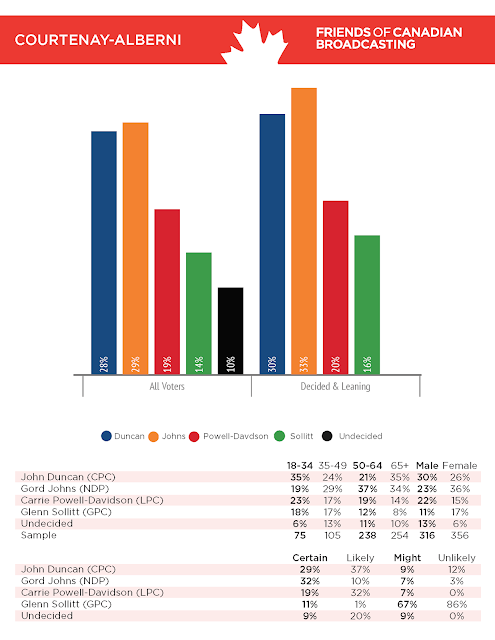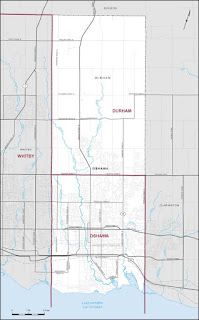 |
| The Great Canadian 2015 Revolution |
The Harper government has, during its four years of majority government, managed to persuade millions of Canadians that they have to vote in a different way in this election. Harper managed to grab power by cementing his conservative base, and using wedge politics to open the gap between the split opposition groups.
The Law of Unintended Consequences then stepped in. Men propose, the gods dispose …
Voters watched in dismay as the Harper regime proceeded in a very systematic way to implement their hidden agenda of removing any vestige of liberal thought or action from Canadian public life. Many such steps were taken stealthily, out of sight of the public; but many were upfront and clearly visible to all.
Harper decided to concentrate on his core supporters and rule that way, disregarding the 60% plus who had different political views and values. His core-only-and-damn-the-torpedoes strategy worked brilliantly, but then something unexpected happened.
When the leading elite of the two main opposition parties refused to be serious about doing something to mend the divisions between them, and to cooperate electorally before the coming election, millions of Canadians decided to do what their party leaders would not do.
It started with a few voices in the wilderness crying out for something new to be tried in the 2015 election, to prevent Harper governing for another four years and damaging our fragile democracy even more.
Soon these voices were joined by others, and now they have become the dominant chorus in Canadian life. Those who wanted a different outcome in the 2015 election hit upon a framing of the public debate which is proving to be the dominant one in the election: Change. Supporters of both the NDP and Liberal Party could agree that a change of government – anybody but Harper – was better than Harper remaining as prime minister.
That settled the Ballot Box question, which is: It was Time for a Change.
The past nine months or so have been devoted to discussions amongst LPC and NDP supporters – in social media, in the mainstream media, and amongst their friends and family members – about HOW to effect such Change.
At first mainstream media and political commentators participated in the dominant public discussion taking place, but they did so through the prisms of past experience. This meant that most of them spoke of conventional responses (coalition agreement between the two parties, allowing MPs from both to share cabinet posts in a combined government). Mulcair was in favour of such a formal coalition and publicly indicated willingness to consider it, even before the campaign began.
Justin Trudeau and his core advisors also considered the question of a pre-election electoral cooperation and discussion of a formal coalition. Despite the overwhelming desire of the vast majority of LPC supporters for such an agreement, Trudeau decided to throw the dice and nix it.
But the pressure for a Change was irresistible, and this led Trudeau, followed by Mulcair, to announce publicly that if Harper won a minority government, they would not prop him up. Never, ever. That sealed Harper’s fate, Mulcair and Trudeau thought.
But millions of ordinary voters were not sure.
There was – and still is – a possibility that Harper could win a majority government. His strength lies in his greater support amongst older voters, 75% of whom actually go to the polling booths to vote. The LPC and NDP have more support among younger voters, but these supporters do not take the time to actually vote in anything like the same proportions.
So the public discourse of How to effect The Change continued, much to Harper’s dismay and the surprise of both Mulcair and Trudeau.
And in the past two months a collective decision was made by millions of voters: they would take the election into their own hands, and Make it Happen. The 2015 election morphed into a public uprising – a very Canadian, muted and respectful revolution. The People decided to march to their own drums.
In doing this, the mass march brushed aside the leaders of the three major parties. On October 19 the People will decide How to effect The Change. A huge proportion (40%!) of supporters of the LPC and the NDP have decided to ignore their party leaders and vote so as to ensure that The Change takes place on October 19.
The People have decided to remedy the split between the NDP and LPC that the leaders of those two parties were unable or unwilling to remedy. The victory in the October 19 election will therefore belong to The People, more than to the leaders and leadership elites of the NDP and LPC.
Vox Populi will be heard, loud and clear, across the country, around 7pm October 19.
The
recent Forum poll illustrates just how successful this vox populi has been, as these quotes show:
One fifth of past Conservatives now voting Liberal
One fifth of those who voted Conservative in 2011 will vote Liberal this time (18%), while one quarter of 2011 New Democrats will also vote Liberal (25%).
One-in-six past Liberals will vote NDP (15%). This represents a shift from previous polls, where past Liberals voting NDP exceeded those voting the other way.
Very few past Liberals or New Democrats will vote for the Conservatives this time.
Core Conservatives most committed, switching Liberals and New Democrats less so
Close to 8-in-10 Conservative voters say they are strong supporters of their party (78%), but this is only characteristic of about 6-in-10 Liberals (58%) or New Democrats (60%).
This is because many of these voters come from each other’s parties.
3-in-10 says vote could change before election
Three-in-ten voters have not yet made their choice final (29%) and these are much more likely to be Liberals (33%) and New Democrats (34%) than Conservatives (14%). This confirms the remaining core of Conservative voters is a very committed group, while Liberal and New Democratic voters are open to voting strategically.
4-in-10 Liberals, New Democrats are voting strategically
In total, just more than a quarter of voters say they are voting for “the party that can defeat the government” (28%), rather than voting for “the party they believe in” (64%), but this increases to 4-in-10 among Liberals (39%) and New Democrats (41%).
Liberals, Conservatives equally likely to be seen as victors
Both the Liberals and the Conservatives are expected to win the election (35% each) while the NDP is no longer a contender (15%). While this tends to be a trailing measure, it may be an indication of potential growth in the Liberal vote.
So, the primary Ballot Box Question (Time for a Change) will be answered by a huge majority voting Yes; and the secondary Ballot Box Question (How to Effect The Change), will be decided in some 30 to 40 ridings, by supporters of the two opposition parties, deciding to put country ahead of party just this once.
And the vast bulk of the Canadian electorate agree with the public commitments of Mulcair and Trudeau that this will be the last election in Canada to be held on the first past the post (FPTP) system. And they will expect, within 18 months (that is, by April 2017), that the new government will have passed legislation to Make it Happen.
A very Canadian revolution, driven by collective disgust at Harper’s tactics, and ending with a result that is in the interests of the greater number of Canadians.
Vive la révolution!
Continue reading









